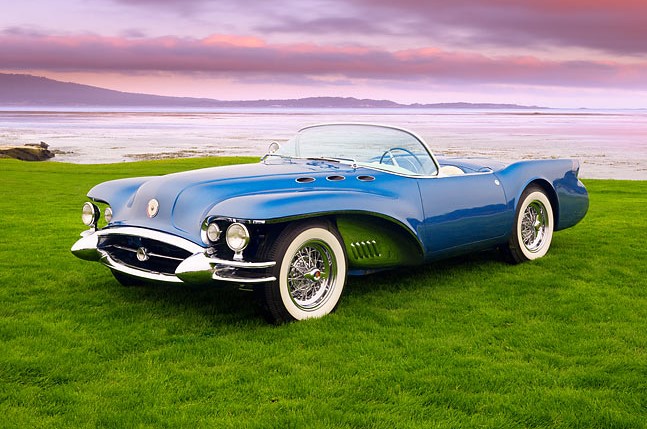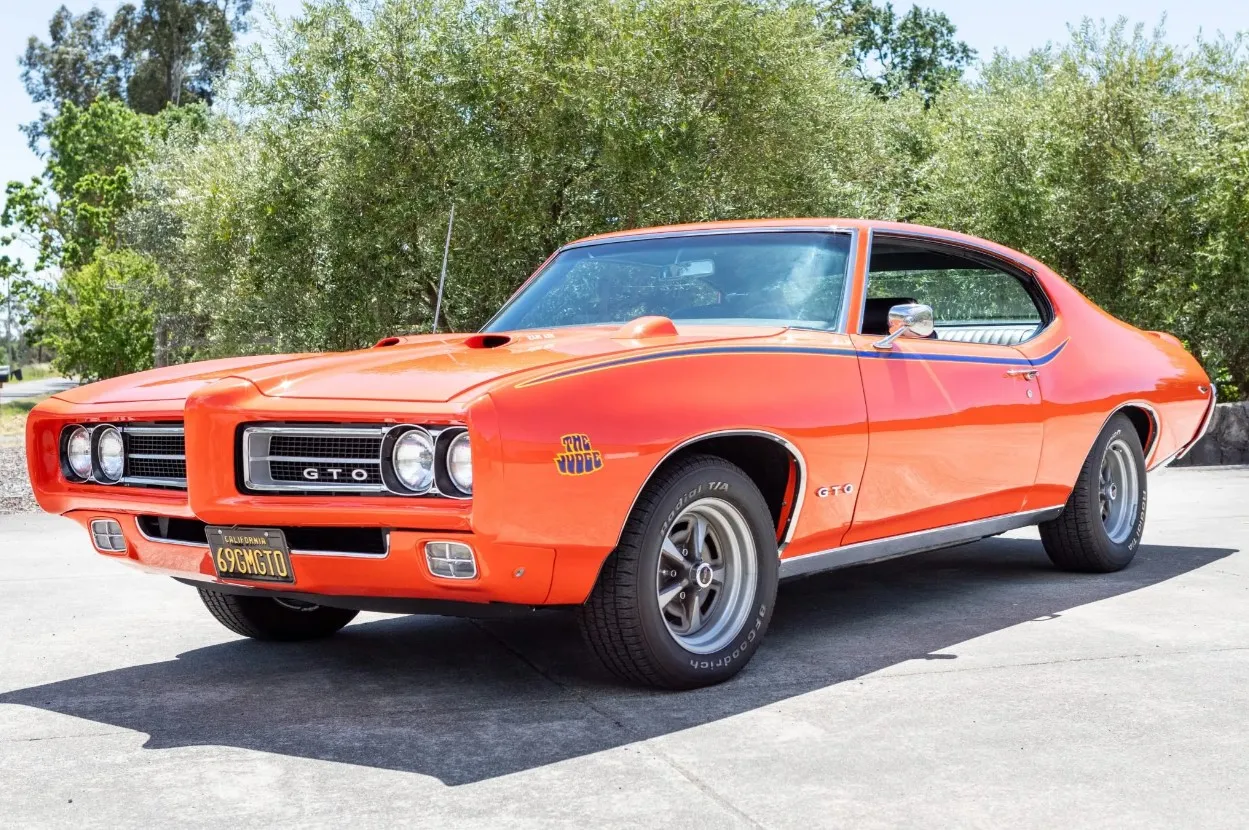In the muscle car hall of fame, few vehicles stand as tall and proud as the 1969 Plymouth Road Runner. Born from the desire to create a no-frills, high-performance machine, the Road Runner quickly became an icon of the late 1960s muscle car era. With its distinctive design, powerful engine options, and a price tag that made performance accessible, the Road Runner captured the hearts of automotive enthusiasts and left an indelible mark on American automotive history.
Bold Design and Identity
The 1969 Plymouth Road Runner made a statement from the first glance. Its bold, aggressive styling and unmistakable B-body platform set it apart from the competition. The famous "Beep Beep" horn, inspired by the Road Runner cartoon character, added a touch of whimsy to the otherwise serious muscle car landscape. The iconic Road Runner logo, featuring the distinctive bird in mid-stride, adorned the vehicle, creating an unmistakable brand identity.
Luxury Interior
The 1969 Plymouth Road Runner's interior was a marriage of performance and comfort. Featuring bucket seats, a center console, and a sporty three-spoke steering wheel, it exuded a driver-centric vibe. The straightforward dashboard housed essential gauges, emphasizing the car's no-nonsense approach. Optional amenities like high-back seats and upgraded trims added a touch of luxury.
Performance Prowess
Under the hood, the Road Runner lived up to its reputation as a no-nonsense performer. It was available with a range of powerful engine options, with the top-tier being the 426 Hemi V8, an engine synonymous with muscle car royalty. The Road Runner wasn't just about raw power; it was about delivering a visceral driving experience. The throaty exhaust note and responsive handling made it a joy to drive, whether on the drag strip or the open road.
Affordable Muscle
One of the key factors contributing to the Road Runner's success was its affordability. Plymouth managed to keep the price down by focusing on performance essentials rather than unnecessary frills. This made the Road Runner accessible to a broader demographic, attracting a new generation of young buyers who craved speed and excitement without breaking the bank.
High-Impact Colors and Options
The 1969 Road Runner was not only about performance; it was also a canvas for vibrant expression. Plymouth offered a palette of high-impact colors, including Hemi Orange and Vitamin C Orange, ensuring that the car turned heads wherever it went. Optional features like the Air Grabber hood, which could be opened to reveal the engine's air intake, added a touch of drama to an already attention-grabbing vehicle.
Enduring Influence
The 1969 Plymouth Road Runner's influence extended beyond its production years. Its success inspired a new wave of affordable, high-performance muscle cars that would dominate the American automotive landscape in the years to come. The Road Runner's legacy is not just in its sales numbers but in the collective memory of an era when muscle cars ruled the roads and American automakers pushed the limits of performance and style.
Conclusion
The 1969 Plymouth Road Runner remains a quintessential representation of the golden age of muscle cars. Its bold design, powerful performance, and affordability made it a standout in an era defined by high-octane competition. As enthusiasts and collectors continue to cherish and restore these classic machines, the Road Runner's distinctive roar echoes through time, reminding us of an era when the road was a canvas for speed, power, and unbridled excitement.

